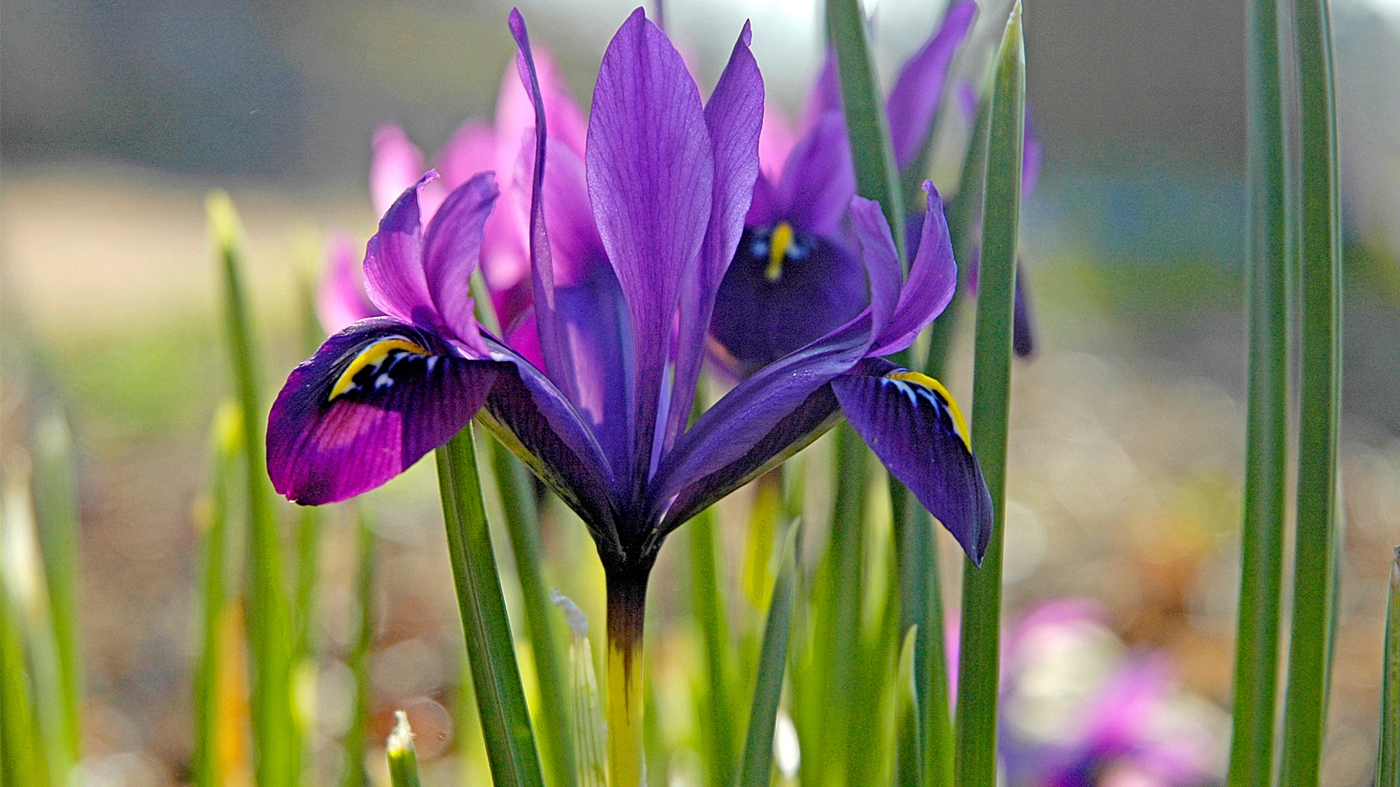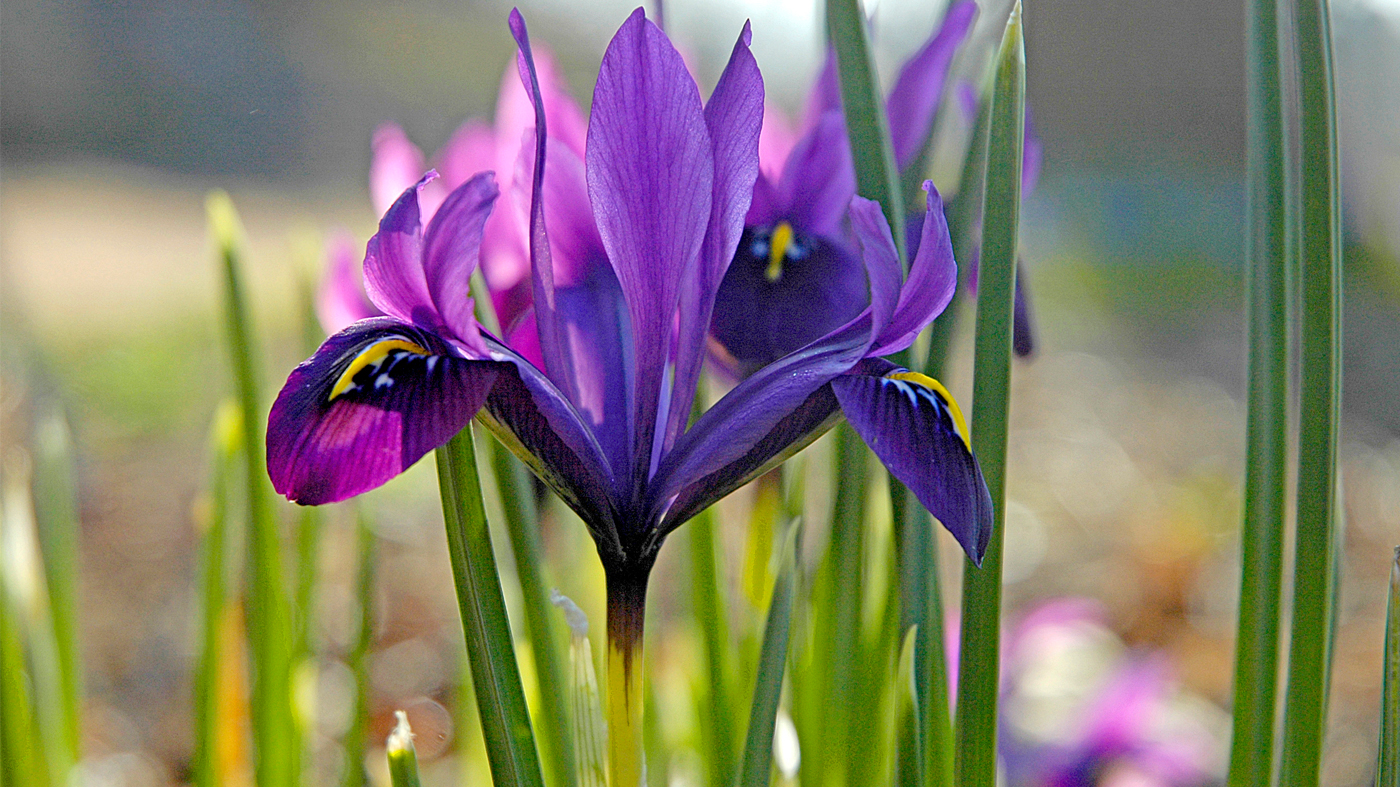
We are using a multi-step approach to investigate the presence of adaptive genetic variation for seed dormancy, and the interaction of genetic and environmental controls on this dormancy, on widespread, high-priority restoration species in the genus Viola that are known to have challenging seed dormancy. Many Viola species are known to exhibit physiological dormancy. At least some species require a combination of dry warm after ripening and cold stratification: few in-depth studies have been conducted on dormancy in these species, but germination of viable seeds is often below 50 percent. Most species in Viola produce both open-pollinated (chasmogamous) and self-pollinating (cleistogamous) flowers, making them amenable to studies of genetic and environmental controls on traits. (Kramer, De Vitis, Havens)

